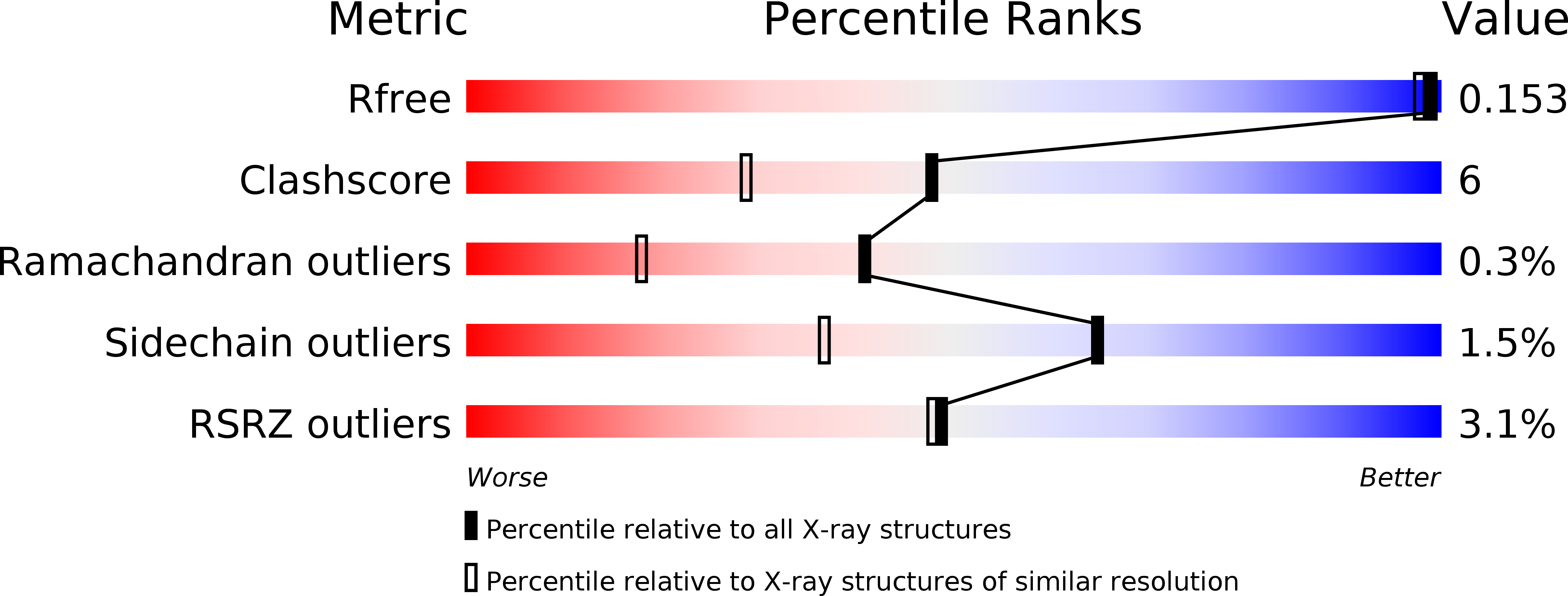
Deposition Date
2005-07-07
Release Date
2005-12-27
Last Version Date
2024-11-06
Entry Detail
PDB ID:
2A83
Keywords:
Title:
Crystal structure of hla-b*2705 complexed with the glucagon receptor (gr) peptide (residues 412-420)
Biological Source:
Source Organism:
Homo sapiens (Taxon ID: 9606)
Host Organism:
Method Details:
Experimental Method:
Resolution:
1.40 Å
R-Value Free:
0.14
R-Value Work:
0.12
R-Value Observed:
0.12
Space Group:
P 1 21 1


